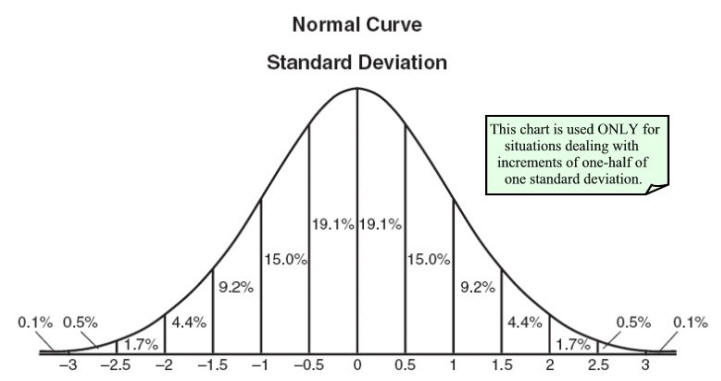So this is from a shooter game.
In my mind this goes as follows:
The potential states of damage each shot can do is is 150-122 = 28 different damage values (122, 123, 124, 125 and so forth up to 150).
In order to do 1500 damage in total each shot needs to do 150 damage, which is 1 out of the 28 states.
Looking at this like rolling a 28 sided dice for each shot and needing to get the full 28 on each roll consecutively the probability is:
(x / y)^n ... therefore (1 / 28)^10 = 0,000000000000003376~
Am I doing this right so far?
Here is what I don't get though.
Looking at this in a more simplified way you could reason that in a single magazine the weapon can do a minimum of 1220 damage (10 x 122) up to a maximum of 1500 damage (10 x 150).
From 1500 to 1220 there are 280 different possibilities in terms of how much damage the weapon does when adding together the outcome of all 10 individual shots fired. It could do 1221 damage, or 1222, or 1223 and so on up until 1500.
However, to destroy the target we need to do 1500 damage and there is only 1 out of those 280 possibilities that allow this.
In other words there is 1 in 280 chance doing 1500 damage when firing a single magazine with 10 shots.
Now... 1 / 280 is A LOT more likely than the previous probability as seen above which is microscopic with it's 0,000000000000003376 chance (which is 211 / 62 500 000 000 000 000 with a bit of rounding off numbers).
So which one is correct?
Is the probability of doing 1500 damage in 10 shots 1/280 or 211/62 500 000 000 000 000 ?
- A weapon does a random number from 122 to 150 damage for each shot.
- The weapon has 10 rounds of ammunition in a magazine.
- The damage it needs to do to destroy a target is 1500.
In my mind this goes as follows:
The potential states of damage each shot can do is is 150-122 = 28 different damage values (122, 123, 124, 125 and so forth up to 150).
In order to do 1500 damage in total each shot needs to do 150 damage, which is 1 out of the 28 states.
Looking at this like rolling a 28 sided dice for each shot and needing to get the full 28 on each roll consecutively the probability is:
- x = number of states we allow
- y = amount of possible states
- n = amount of rolls we will do (in this case 10 because of 10 shots in a magazine)
(x / y)^n ... therefore (1 / 28)^10 = 0,000000000000003376~
Am I doing this right so far?
Here is what I don't get though.
Looking at this in a more simplified way you could reason that in a single magazine the weapon can do a minimum of 1220 damage (10 x 122) up to a maximum of 1500 damage (10 x 150).
From 1500 to 1220 there are 280 different possibilities in terms of how much damage the weapon does when adding together the outcome of all 10 individual shots fired. It could do 1221 damage, or 1222, or 1223 and so on up until 1500.
However, to destroy the target we need to do 1500 damage and there is only 1 out of those 280 possibilities that allow this.
In other words there is 1 in 280 chance doing 1500 damage when firing a single magazine with 10 shots.
Now... 1 / 280 is A LOT more likely than the previous probability as seen above which is microscopic with it's 0,000000000000003376 chance (which is 211 / 62 500 000 000 000 000 with a bit of rounding off numbers).
So which one is correct?
Is the probability of doing 1500 damage in 10 shots 1/280 or 211/62 500 000 000 000 000 ?
Last edited:

